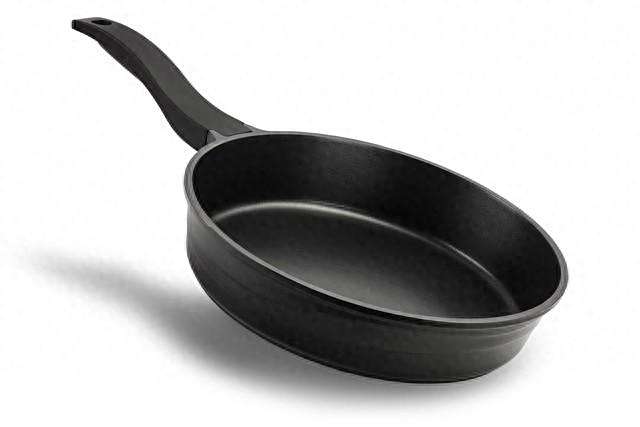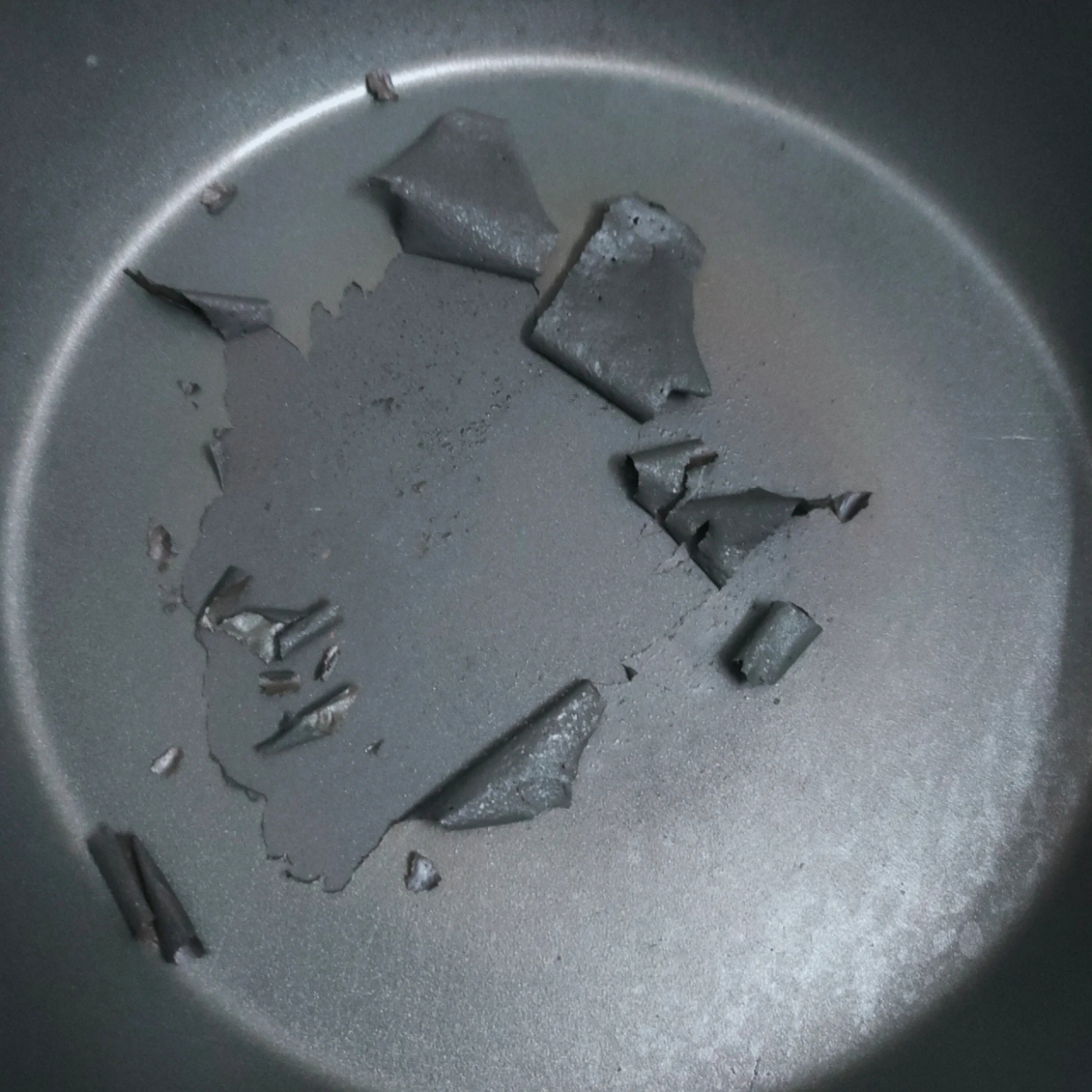Properties:
PTFE has strong chemical inertness and does not react with most chemicals, providing a fundamental safety guarantee for PTFE products. Its melting point is around 327°C, and it can withstand temperatures ranging from -200°C to 260°C.
High-temperature Risks:
When temperatures exceed 260°C, PTFE begins to decompose, releasing toxic gases and by-products like fluorides. If a person inhales a large amount of high-concentration decomposed gases in a short period, they may experience “polymer fume fever,” with symptoms such as chest tightness, coughing, and dizziness. If the temperature exceeds 350°C, the decomposition rate accelerates significantly, increasing toxicity.
Concerns:
Initially, manufacturers used PFOA (Perfluorooctanoic Acid) as a processing aid in PTFE production. Later, it was discovered that PFOA is toxic. Although it is now banned, people still worry that PTFE-coated non-stick pans may harm human health. However, this concern is unnecessary. Cooking temperatures for everyday tasks like stir-frying or frying eggs usually range between 150°C to 200°C, and even deep-frying rarely exceeds 230°C—all below 260°C. Additionally, the U.S. FDA clearly states that the fluoride emissions from PTFE-coated cookware during normal use are far below harmful levels.

Safety Usage Tips:
Avoid dry-heating non-stick pans, as the temperature may exceed 260°C.
If the coating is damaged or peeling, replace the cookware promptly to avoid ingestion.

Conclusion:
When used correctly, PTFE is safe, non-toxic, and poses no harm to the human body. Danger only arises from improper handling.



